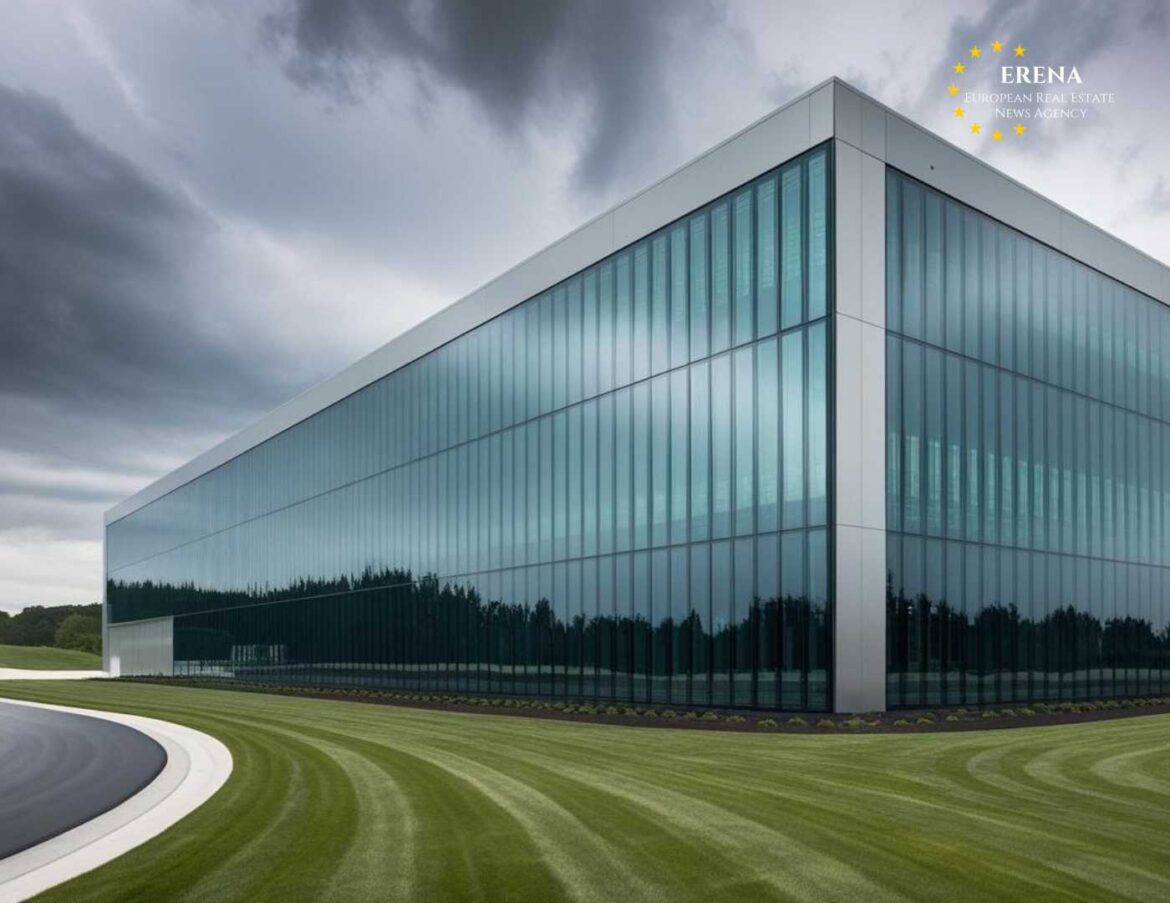In 2025, data centres have become a central force in shaping the European real estate market. Surging demand for digital infrastructure, the rapid expansion of cloud platforms, and the widespread adoption of artificial intelligence have transformed data centres into one of the most sought-after asset classes in commercial property.
Why Data Centres Are Surging
The explosive growth of the sector is driven by:
- Increasing global internet traffic (particularly 4K+ video);
- The rise of artificial intelligence and machine learning;
- Mass migration of corporate IT systems to the cloud;
- GDPR and other regulations requiring local data storage within the EU.
Enterprises in finance, healthcare, e-commerce, and logistics increasingly favor purpose-built, professionally managed facilities over in-house server rooms. This trend is pushing demand higher across both core and emerging European markets.
Leading European Markets
| City | Construction Cost (€/m²) | Rent (€/m²/year) | Occupancy Rate |
|---|---|---|---|
| Frankfurt | €8,800 | €320 | 96% |
| London | €9,300 | €350 | 94% |
| Amsterdam | €8,200 | €300 | 91% |
| Paris | €8,600 | €310 | 89% |
| Warsaw | €6,400 | €230 | 82% |
| Dublin | €7,200 | €260 | 84% |
Western European hubs like Frankfurt, London, and Amsterdam remain the most competitive. However, cities like Warsaw, Budapest, and Bucharest are rapidly emerging as attractive alternatives due to lower costs and state incentives.
Yields and Investment Performance
From an investment perspective, data centres offer reliable returns and long-term stability. As of 2025, average annual yields across Europe are:
- 4.0–4.5% in London and Frankfurt;
- 4.5–5.0% in Amsterdam and Paris;
- 5.5–6.2% in Warsaw, Budapest, and Prague.
Case example: In Q1 2025, a fully leased hyperscale data centre campus outside London sold for €275 million with a yield of 4.1%. The facility, leased to a cloud giant, spans over 30,000 m² and 40 MW of capacity.
Infrastructure Requirements
Developing a modern data centre requires:
- Power supply ranging from 10 to 100 MW;
- Multiple fibre-optic connections and backup systems;
- Advanced water or liquid-based cooling systems;
- Tier III or IV certifications for reliability and redundancy;
- Industrial land of at least 1 hectare, preferably on urban outskirts.
ESG and Green Innovation
Sustainability is a top priority in 2025. Over 60% of new projects meet green standards:
- Certified BREEAM Excellent or LEED Gold;
- Use of renewable energy sources;
- Closed-loop water cooling systems;
- Active carbon offset programs and on-site solar installations.
A notable example is Google’s new Dutch data centre, which achieves net-zero emissions using solar energy, hydrogen-based cooling, and waste-heat recycling into local residential areas.
Development Models
Build-to-Suit
Custom-built for hyperscale clients like AWS, Azure, or Google Cloud. Typically large-scale and long-term lease-based.
Colocation
Shared multi-tenant facilities offering scalability for banks, retail, and SaaS providers.
Edge Data Centres
Compact hubs close to end users — near factories, ports, or urban nodes — ideal for IoT, AI, and autonomous logistics.
Flagship Projects in 2025
- Equinix Frankfurt Digital Campus – €450M, 40,000 m²
- Amazon Web Services Madrid Zone – 3 facilities, €600M
- Atman Warsaw Expansion – €170M, 18 MW capacity
- Telehouse Paris Nord – Europe’s first zero-carbon data centre
Challenges to Growth
Despite expansion, the sector faces critical challenges:
- Shortage of skilled engineers and technicians;
- Power supply limitations in congested areas;
- Lengthy permitting and zoning processes;
- Energy price volatility and regulatory pressure on carbon output.
Governments are responding with streamlined licensing procedures, energy subsidies, and “data zone” masterplans across strategic regions.
Market Outlook
According to industry forecasts, Europe’s total data centre capacity will grow by over 40% by 2027. Central and Eastern Europe will see the highest acceleration, driven by cost advantages and strong connectivity expansion.
Meanwhile, demand for edge infrastructure, AI-ready facilities, and green data centres will continue to define market priorities for developers and investors alike.
Conclusion
In 2025, data centres are no longer a niche real estate segment — they are a strategic pillar of Europe’s digital and physical infrastructure. With reliable income, institutional investor demand, and a direct link to technological transformation, data centres are leading the next phase of real estate evolution.

